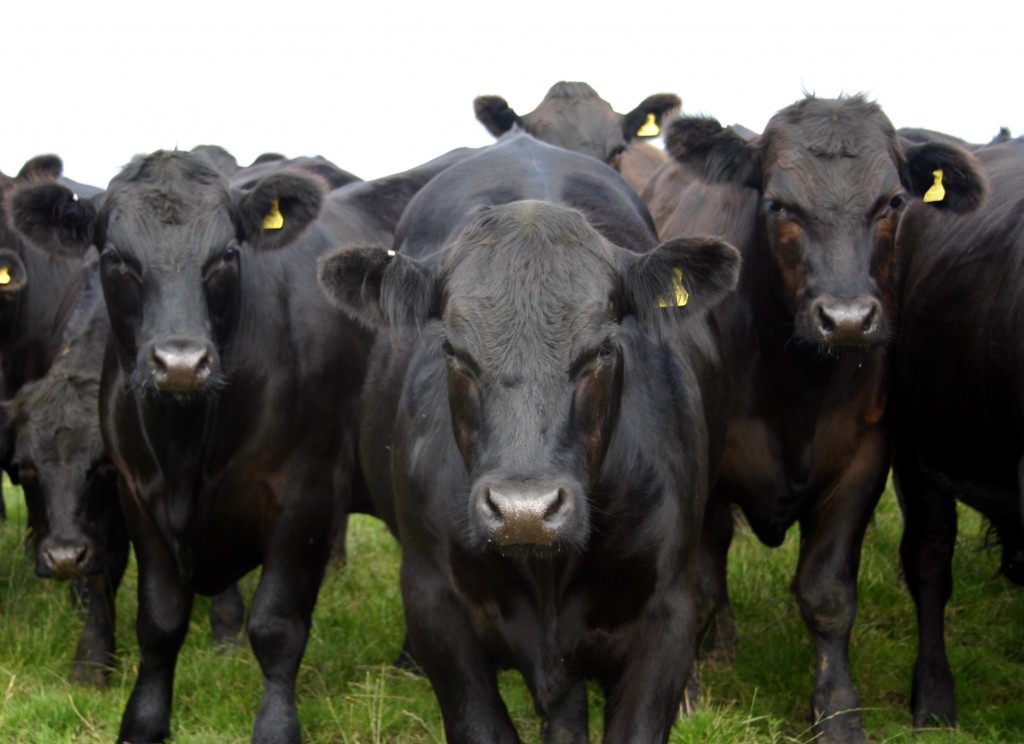Prime beef supply set to tighten
With the 2018 UK cow kill at its highest level in a decade, there is little indication that any breeding herd rebuilding is underway, according to the latest market analysis by Quality Meat Scotland (QMS).

Prime beef production is also likely to decline as 2019 progresses.
According to Stuart Ashworth, QMS director of Economics Services, it is no surprise that GB calf registrations are down 1.8% in 2018 to their lowest level since 2013.
Beef sired registrations, which made up 70% of all registrations, only fell 1.1%.
“A quick look at the breeding herd population last June would suggest that the smaller decline in beef sired registration, compared to the large decline in dairy sired registrations, is achieved by more dairy cross beef calves being produced rather than any growth in suckler cow numbers,” said Ashworth.
Scottish calf registrations fell even faster, down 2.8% during 2018.
Breaking the Scottish registrations down further reveals a reduction of 3% in beef sired calves and 1.4% in dairy sired calves.
“This decline in calf registrations during 2018 comes on the back of a decline of 0.25% in 2017 and puts Scottish calf registrations to their lowest point since 2013 when the poor weather of 2012 impacted on animal productivity,” said Ashworth.

QMS’s Stuart Ashworth.
Based on calf registrations alone, prime beef production is also likely to decline as 2019 progresses. Beef production will, however, be influenced by the level of heifer retentions for breeding.
“In the short-term, increases in the number of beef heifer registrations would allow for a continued growth in prime beef heifers reaching abattoirs,” said Ashworth.
“This would mitigate any decline in beef production in the short-term but, of course, not indicate any growth in the breeding herd,” he added.
According to Ashworth, a decline in beef production would also be mitigated by any growth in carcase weights.
Also affecting the volume of beef on the market is the role of cull livestock which, because of the high level of slaughterings during 2018, increased by 10,000 tonnes and made up 24% of UK beef production in 2018.
“With the beef sector, and all agriculture, facing ambiguity over the terms of business they will face as a consequence of the lack of clarity over the outcome of Brexit negotiations, it may yet prove to be the case that the biggest influence on beef production and farmgate prices in 2019 will be the decision made by producers over the future size of their breeding herd,” he concluded.

 M&S and Ocado “in discussions” for £1.8bn joint venture
M&S and Ocado “in discussions” for £1.8bn joint venture IoM / WCB annual prize-giving 2019 is a royal celebration
IoM / WCB annual prize-giving 2019 is a royal celebration
